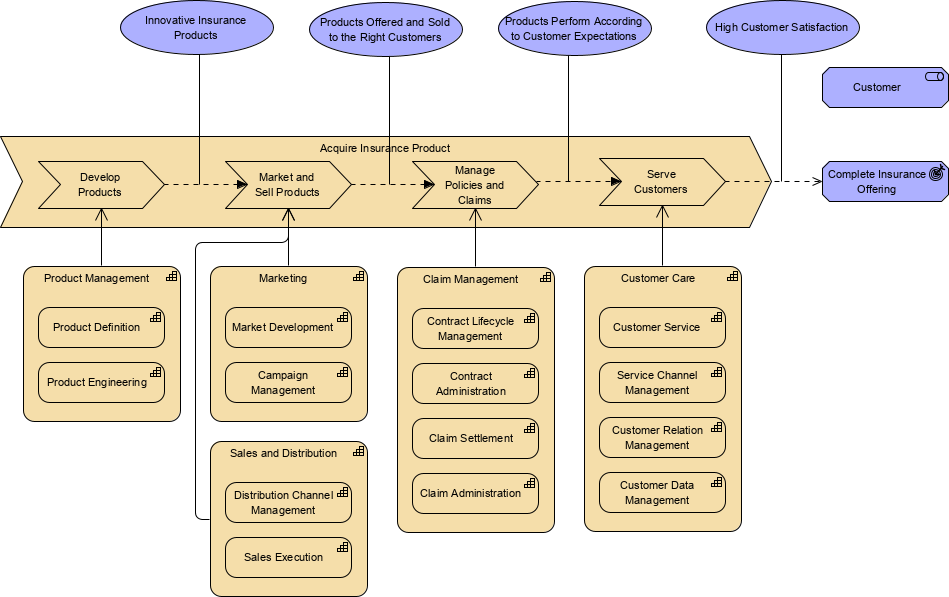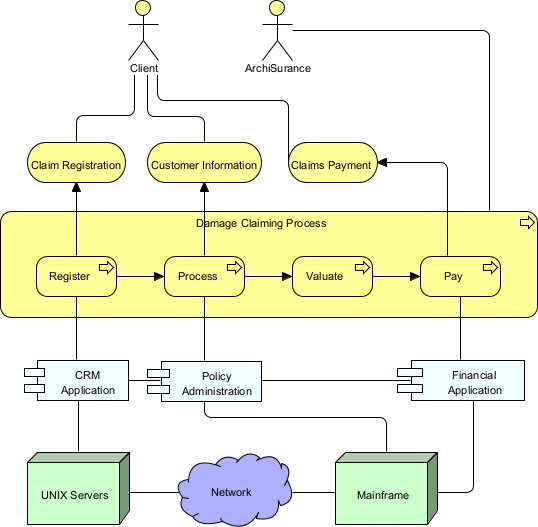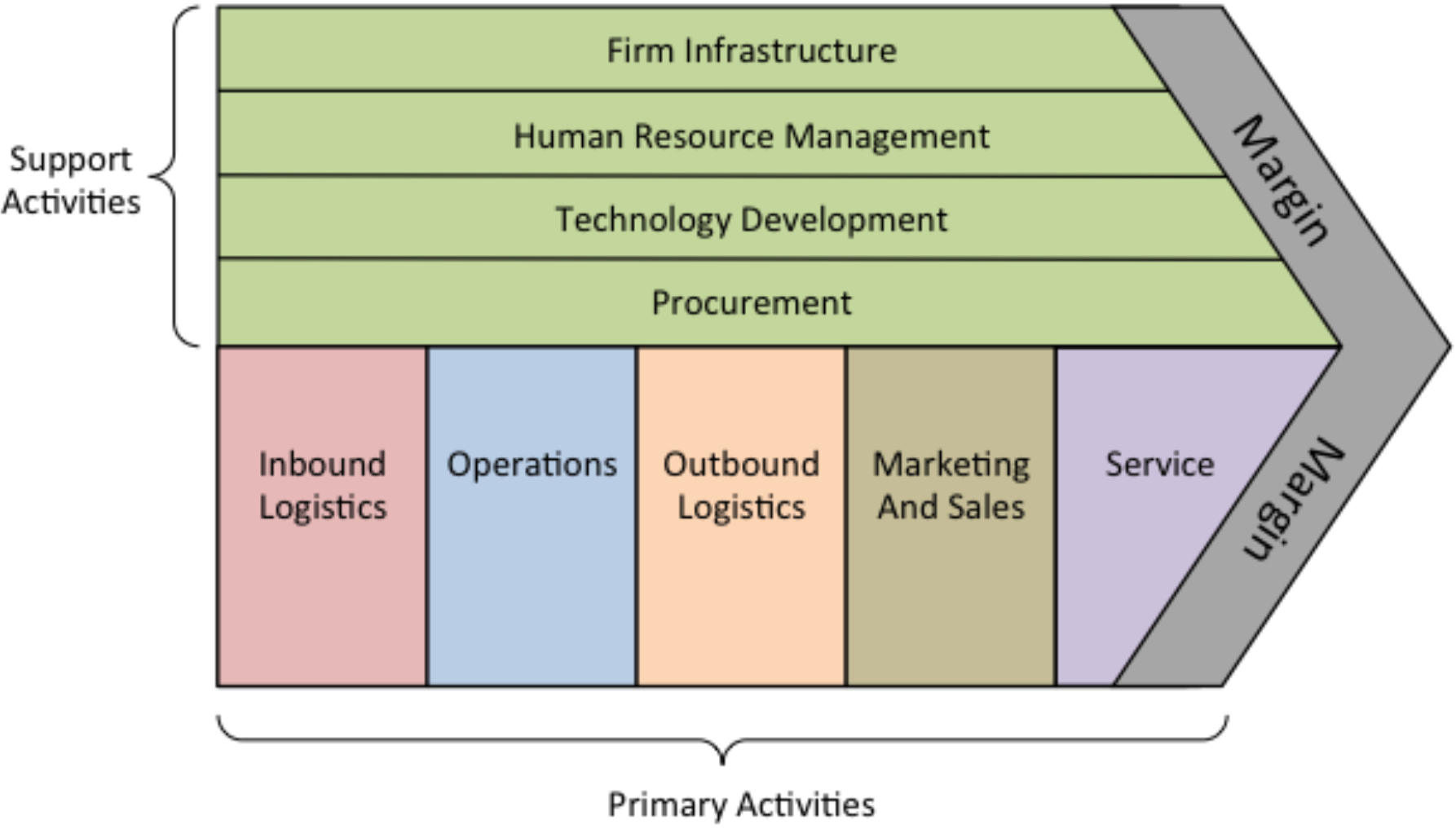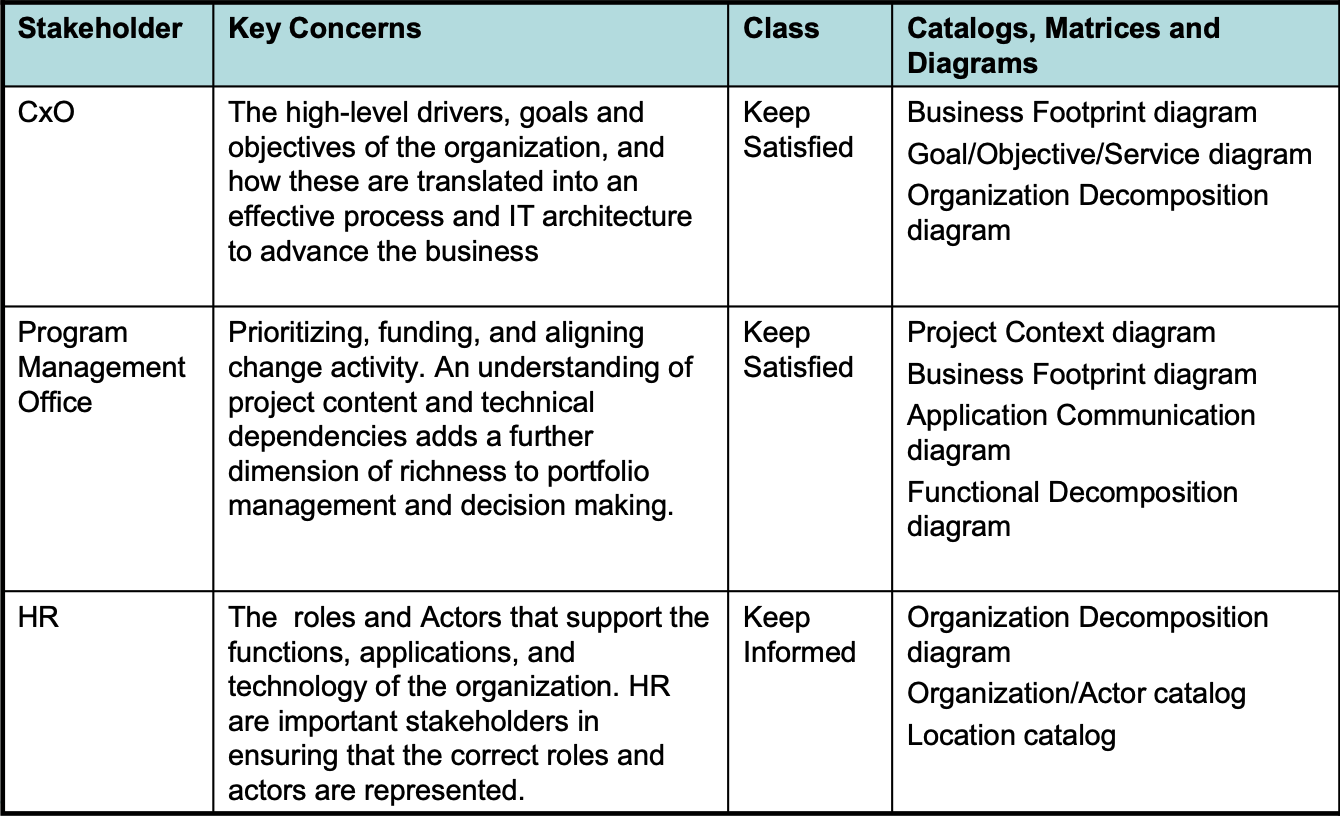Business Service/Function Catalog: Artifact of Business Architecture (Phase B)
The Business Service/Function Catalog is a document that provides a functional decomposition of an organization's services and functions in a form that can be filtered, reported on, and queried. This catalog serves as a supplementary tool to graphical Functional Decomposition diagrams and can be used to identify the capabilities of an organization, determine the scope of change initiatives, and understand the level of governance applied to its functions. The Business Service/Function Catalog contains metamodel entities such as Organization Unit, Business Function, Business Service, and Application Service. The Business Service/Function catalog is a document…continue reading →











